The Prefertilization diagnostics offers the possibility of genetic testing of woman's egg cells as part of in vitro fertilization (IVF). The examinations are carried out on the chromosomes of the 1st and 2nd polar body, which arise during the 1st and 2nd meiosis after a male sperm is introduced into the egg cell. The advantage of this method is that it is de iure not a pre-implantation diagnosis (PGD), because the examination takes place before the female and male nucleus merge, so that prefertilization diagnosis is permitted in some countries where PGD is prohibited.
What is prefertilization diagnostics?

Prefertilization diagnostics make it possible to identify chromosomal aberrations in the haploid genome of the female egg cell in the context of in vitro fertilization (IVF). Above all, numerical deviations of certain chromosomes (aneuploidy) and abnormalities of certain genes that cause hereditary diseases can be detected. When a male sperm is introduced into the cytoplasm of the egg cell during IVF, the first and second meiosis (meiosis I and II) of the egg are triggered.
The division creates two “superfluous” cells, the polar bodies, which have the same set of chromosomes as the egg cell itself. The polar bodies, which would normally be broken down by the body, are removed by polar body biopsy for the examination of the chromosomes. Since the prefertilization diagnosis is always carried out on the polar bodies, the procedure is also called polar body diagnosis (PKD). The advantage of the examination method is that it can also be carried out in some countries where pre-implantation diagnosis (PGD) is prohibited, because the examination is carried out on the genome of the egg cell when the cell nuclei of the sperm cell and the egg cell have not yet fused.
The disadvantage is that only chromosomal aberrations of the maternal genome can be examined. The chromosomes of the sperm that has been introduced into the cytoplasm of the egg cannot be detected with this method. Y-linked diseases cannot be recognized because the egg cell's haploid chromosome set cannot contain a Y-chromosome.
Function, effect & goals
As part of the pre-fertilization diagnosis in the form of a genetic polar body examination, numerical anomalies (aneuploidy) can be detected in certain chromosomes of the maternal genome as well as translocations in which chromosome segments were separated and reintegrated in the wrong place. In addition, X-linked gene mutations can be diagnosed that are inherited from the mother and are based on the mutation of a single gene (monogenic disease). This assumes that the potential hereditary disease has to be known in order to be able to specifically examine a certain gene on the X chromosome.
In the case of recessive inheritance, there is a chance that the X chromosome of the polar body - and thus also the X chromosome of the fertilized egg cell, contains the healthy allele of the corresponding gene. The procedure itself includes a polar body biopsy in which the two haploid polar bodies are removed from the egg cell and the chromosomes are then subjected to the FISH test (fluorescence in situ hybridization). The biopsy of the polar bodies is an enormous challenge for the laboratory carrying out the work, because the identification and isolation of the polar bodies requires a certain amount of experience. For the FISH test procedure, so-called DNA probes are available for selected chromosomes, which connect to the corresponding haploid chromosomes because they have the complementary amino acid sequence.
The DNA probes are marked with different fluorescent colors so that the chromosomes can then be identified with the help of special software and counted in an automatic process. Most chromosomal aberrations, such as aneuploidies and chromosome shifts within a chromosome, are fatal. This means that IVF either does not form a zygote, or that the embryo is rejected after being transplanted into the uterus, or that an early or later miscarriage occurs. Since the frequency of chromosome aberrations in women’s egg cells increases with age, an important goal of prefertilization diagnostics is a positive selection of the fertilized eggs. Only fertilized eggs with an intact genome - if recognizable - are transplanted back into the uterus.
The positive selection is said to increase the pregnancy rate after IVF and to reduce the rate of rejected fertilized eggs and the number of miscarriages. Another aim is to exclude hereditary diseases based on chromosome aberrations or certain genetic defects in the re-transplanted fertilized egg from the outset by positive selection of the fertilized eggs. Typical hereditary diseases that can be excluded by the test are cystic fibrosis, spinal muscular atrophy and sickle cell anemia.
Risks, side effects & dangers
Prefertilization diagnostics are carried out outside the body and therefore do not involve any additional physical risks for the woman concerned. There is only a low risk of physical injury and infection associated with the removal of the eggs. In contrast to PGD, which also includes a chromosome examination using the FISH test, pre-fertilization diagnosis can only examine chromosome and genetic material from the mother.
This means that a negative FISH test, in which no chromosomal or genetic aberrations were diagnosed, can arouse overly positive expectations in the parents regarding the course of the pregnancy and the subsequent birth. Chromosomal aberrations of the paternal genome and possibly existing anomalies of the Y chromosome, which could trigger a sex-related hereditary disease, are not recorded. In this respect, pre-fertilization diagnostics is even more incomplete than PGD, in which the entire genome of the embryo in the blastula stage can be examined.
However, even with negative PGD, it cannot be ruled out that there are genetic defects in the genome of the embryo that can cause undesirable developments and possibly impairments after birth. The FISH test can only ever refer to selected chromosomes and genes.


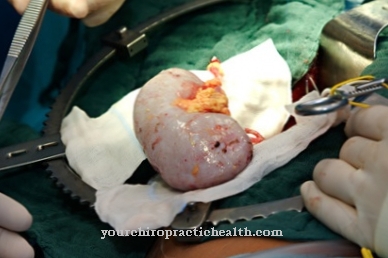

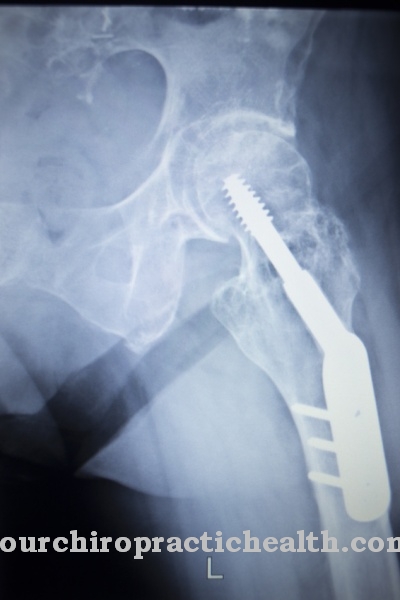
.jpg)






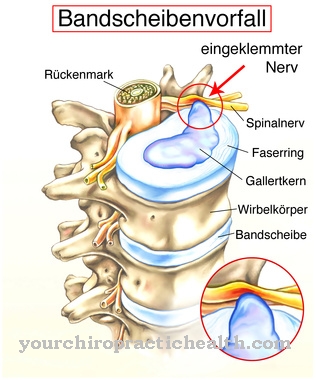







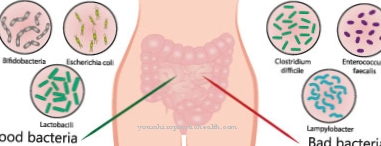


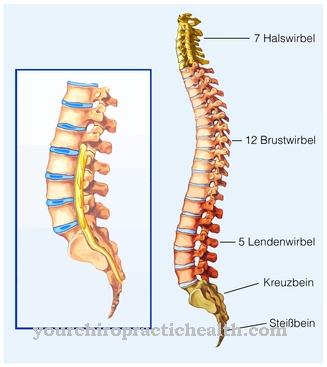
.jpg)
.jpg)


